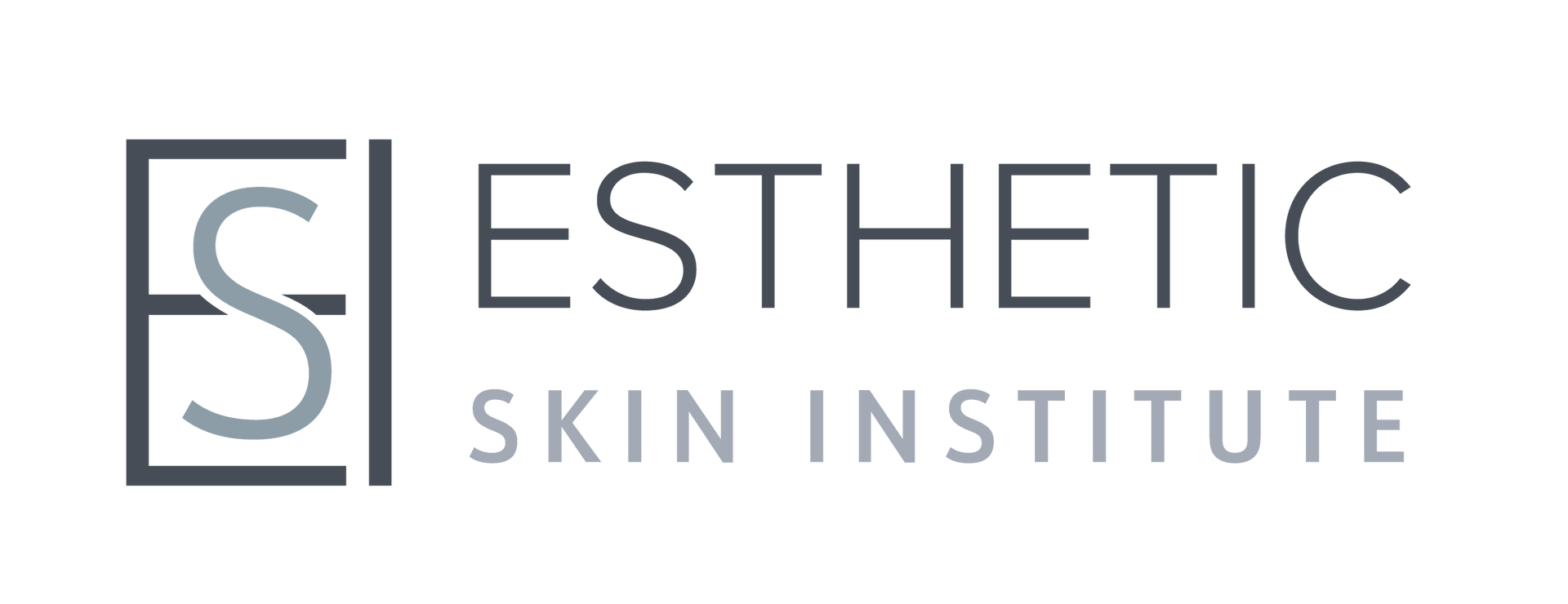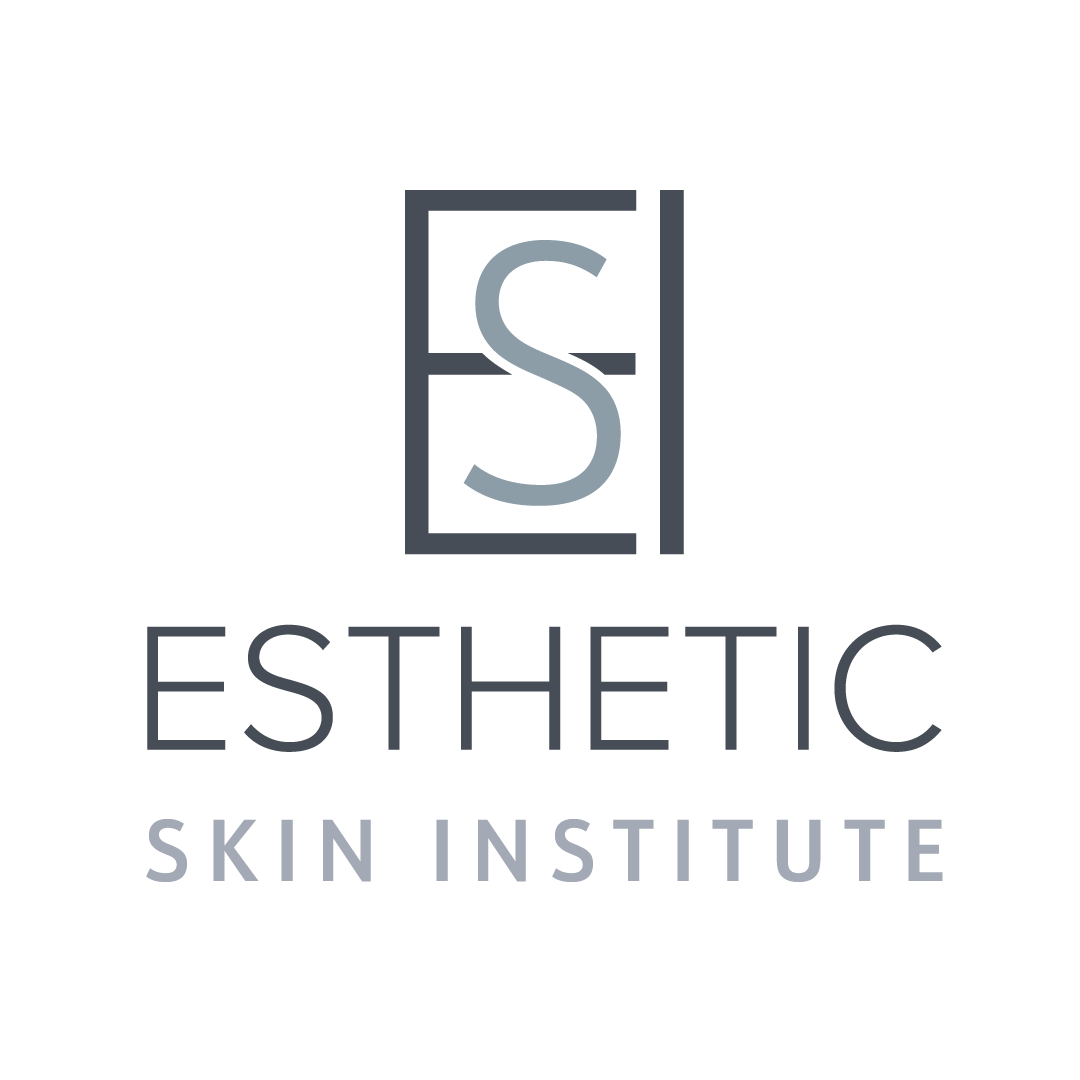Understanding Aesthetic Concerns Among Hispanic/Latinx Women—and Why Culturally Competent Training Matters
A recent study published on MDedge explores a vital topic that deserves more attention in the aesthetics industry: the distinct aesthetic concerns and treatment preferences among Hispanic/Latinx women. As this demographic continues to grow in both size and influence, aesthetic practitioners must rise to meet their needs with knowledge, cultural sensitivity, and specialized training.
At Esthetic Skin Institute, our mission has always included equipping professionals with the tools to treat diverse populations confidently and effectively. The findings of this study underscore just how essential that mission is today.
Distinct Aesthetic Priorities in the Hispanic/Latinx Community
The study found that Hispanic/Latinx women often prioritize different cosmetic goals than non-Hispanic women. The most commonly cited concerns included:
- Hyperpigmentation and uneven skin tone
- Dark under-eye circles
- Facial contouring and volume loss
- Skin texture and radiance
These issues are not just cosmetic—they are rooted in biological differences in melanin density, collagen structure, and genetic predisposition to certain skin conditions. Practitioners trained to recognize and treat these nuances are far more likely to deliver safe, effective, and satisfying results.\
The Demand for Natural, Authentic Results
Perhaps one of the most striking findings from the study is the overwhelming preference for natural-looking results. Hispanic/Latinx women consistently reported a desire to enhance their natural beauty without compromising their identity. This often means:
- Subtle cheek contouring instead of exaggerated volume
- Addressing under-eye hollows without overfilling
- Refining skin texture and tone while maintaining a natural glow
Aesthetic goals, therefore, go beyond simply reversing aging—they’re about preserving heritage and celebrating individuality. When providers understand these goals, outcomes improve, and trust is built.
Representation and Trust Are Non-Negotiable
One of the most significant barriers Hispanic/Latinx women reported was a lack of representation in aesthetic marketing and practice. Many expressed concerns that practitioners did not understand their specific skin types or cultural values around beauty. Additionally, fear of unnatural outcomes—especially when working with providers unfamiliar with treating skin of color—was a common theme.
The Role of Esthetic Education
At Esthetic Skin Institute, we believe that technical excellence is only part of the equation. Cultural competency is just as critical. That’s why our advanced training programs include:
- Clinical training on ethnic skin tones, including Fitzpatrick skin types IV–VI
- Safe use of lasers and energy devices for melanin-rich skin
- Protocols for treating hyperpigmentation, melasma, and post-inflammatory discoloration
- Injectable techniques that consider facial structure and aesthetic ideals in diverse populations
- Patient communication strategies that promote trust and collaboration
We also integrate real-world case studies featuring multicultural patients to help practitioners develop aesthetic judgment in a context that mirrors the real-world diversity of today’s clientele.
Empowering the Next Generation of Providers
As the aesthetics industry evolves, providers must adapt to meet the expectations of a more diverse and informed patient base. For Hispanic/Latinx women, it’s no longer just about looking younger—it’s about being seen, heard, and understood.
At Esthetic Skin Institute, we are proud to be at the forefront of that evolution. Through rigorous, hands-on training and a strong emphasis on inclusivity, we help providers become the kind of professionals who can deliver not only beautiful results but also meaningful, culturally competent care.
Ready to take your training to the next level? Explore our full course catalog at ESIW.com
and join a new standard of excellence in aesthetics

